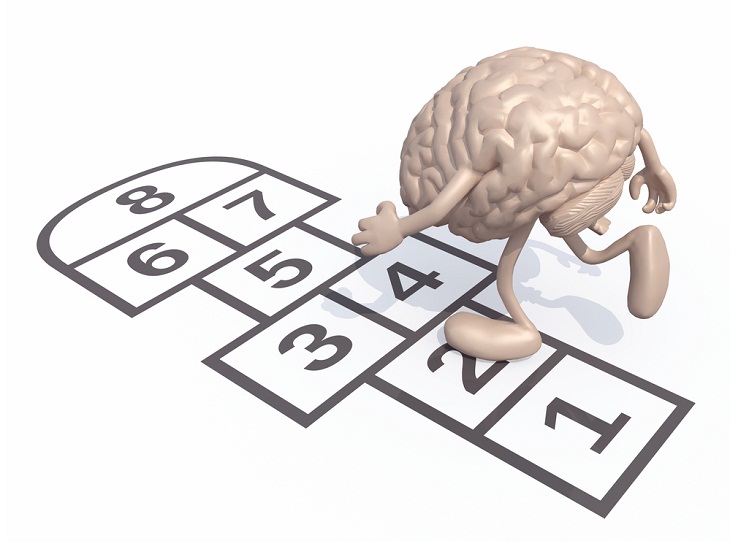Here’s a simple question: when you write numbers from one to ten in a sequence, how do you order them: Top to bottom? Vertically? Left to right? Horizontally? Or do you just place them randomly?
The “correct” ordering of numbers taught in most Western schools is from left to right (1, 2, 3, 4…) instead of right to left (10, 9, 8, 7…). The ordering of numbers along a horizontal dimension is called a “mental number line,” in which numbers are represented in a continuous, quantity-based analogical format.

Previous research has shown that humans prefer placing larger numbers to the right and smaller numbers to the left. Studies also suggest that people are usually faster and more accurate at comparing numbers. Also, people with brain damage that disturbs their spatial processing show similar disruptions in number processing.
However, there is limited research to test if the horizontal dimension is the most vital one we associate with numbers. Now, new research published in PLOS ONE shows that humans tend to process numbers faster when they are displayed vertically - with smaller numbers at the bottom and larger numbers at the top.
Related: Maintain Your Brain: 15 Methods to Improve Brain Function
What does the latest research imply?
The association between numbers and space isn't unique to humans. Studies on three-day-old chicks revealed that they seek smaller numbers with a leftward bias and larger numbers with a rightward one. Meanwhile, pigeons and blue jays seem to have a left-to-right or right-to-left mental number line.
These findings indicate that links between space and numbers may be wired into the brains of humans and other animals. That said, very few studies have examined whether our dominant mental number line is horizontal at all, while many have explored left-to-right and right-to-left horizontal mental number lines.
To test how quickly people can process numbers in different arrangements, the researchers tried an experiment -participants were shown pairs of numbers from 1 to 9 on a monitor and asked to use a joystick to indicate where the larger number was located.

The researchers say that if a 6 and 8 were shown on screen, the right answer would be 8, and participants would indicate this by moving the joystick towards the 8 as fast as possible. High-performance zero-lag arcade joysticks and fast-refresh 120 Hertz monitors were used to measure participant response times.
The tests showed that when the numbers were separated both vertically and horizontally, the vertical arrangement affected response time. According to the authors of the study, this suggests that participants only used the vertical representation when they had the opportunity to use either a horizontal or vertical mental representation of numbers in space. Interestingly, the participants responded more quickly than in any other arrangement of numbers when the larger number was above the smaller number.
Based on these results, the researchers believe that our mental number line actually goes from the bottom (small numbers) to the top (large numbers).
What do these results mean for us?
Numbers play an important part in our lives. Almost all the things we do involve numbers. We use them while dialing someone’s number on the phone, while shopping, while exercising, or even while pressing the button in the elevator.
Related: This is How to Activate Your Brain's Ability to Learn
The scientists involved in this new study believe their findings may have implications for designers looking to help users quickly understand and use numerical information. Another recent study suggests the same. They further claim that the findings could also have implications for education and suggest that, along with the familiar left-to-right lines, we should also teach children vertical bottom-to-top mental number lines.
They are confident that bottom-to-top is how our brains are wired to be most efficient at using numbers. "Counting numbers this way may help our brains understand how numbers work a little easier," they say.
Share this article with your friends and family...
 Go to BabaMail
Go to BabaMail






















































